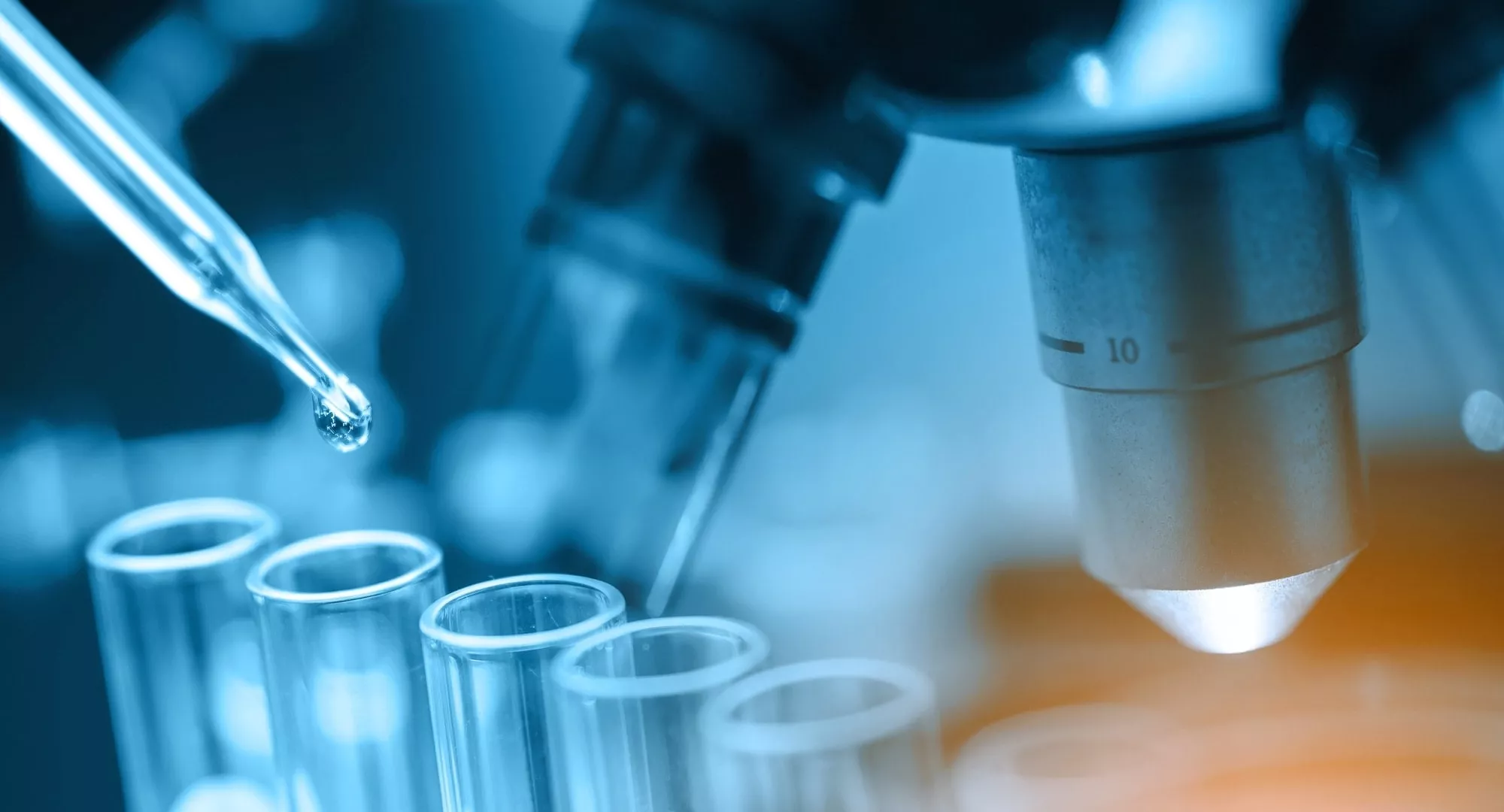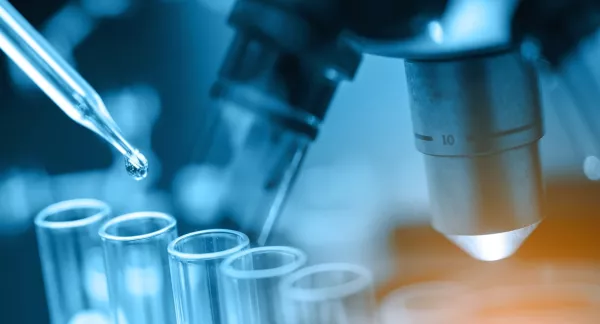
Understanding Viability of Pathogens During Disinfection
Abstract
This research evaluated wastewater coliform communities to provide a more realistic indication of how fecal coliforms respond to water processing and disinfection by chlorination. Community analysis coupled with cell specific probing methods enabled on site studies to be conducted at a municipal WWTP to characterize the physiologic effect of primary and secondary treatment. Development and application of a DNA-based culture-independent method called mRNA profiling enabled studies on resuscitated coliform communities revived after disinfection of secondary treated wastewater. Protein profiling and mRNA profiling methods offer new ways of studying the physiology of wastewater coliform communities during wastewater processing and disinfection. 74 pages. Online PDF only. (2005)
Originally funded as WERF project 00-HHE-1.

